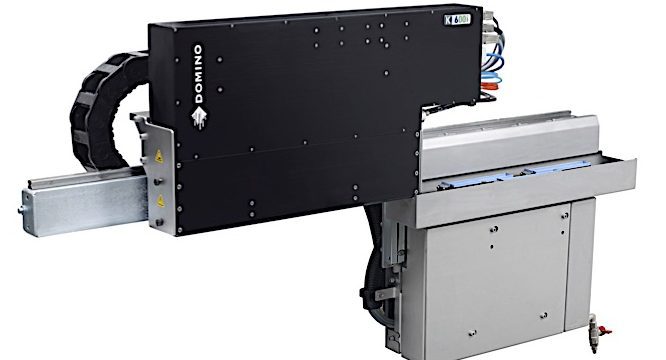Do you think QR codes are just black and white? Think again! Adding color to your QR codes can actually make them more visually appealing and noticeable to users. Here are some key tips to remember when creating colored QR codes:
In summary, don’t be afraid to add some color to your QR codes! By keeping in mind factors like contrast, color choice, and design, you can create codes that stand out and are memorable to your audience.
Introduction to QR codes
Quick Response (QR) codes were first introduced by Japanese automotive company Denso Wave in 1994. They were initially created to track vehicles during the manufacturing process, but QR codes have become increasingly popular in advertising, packaging, and business cards.
The Basic Concept of QR Codes
A QR code is a two-dimensional barcode that can be scanned by a smartphone camera. The code consists of black and white squares arranged in a specific pattern. When scanned, the code directs the user to a website, video, or other digital content.
Unlike traditional barcodes, which only contain numeric or alphabetical information, QR codes can store a larger and more diverse range of data, including URLs, GPS coordinates, and plain text.
The Advancements of QR Code Technology
Since their creation, QR codes have evolved to incorporate more advanced features. QR codes can now be customized with logos, colors, and images. Additionally, QR codes can be paired with augmented reality technologies to create interactive experiences for users.
Another major advancement in QR code technology is the introduction of dynamic QR codes. Dynamic QR codes allow users to edit the content of the code, even after it has been printed or distributed. This makes it easier for businesses to update information or track campaign success.
QR Code Design Elements
When designing a QR code, there are a few important elements to consider:
Size: The size of the code should be proportionate to where it will be displayed. Smaller codes should be avoided, as they can be difficult to scan.
Quiet Zone: The area around the code should be empty of any text or imagery, allowing the code to be easily read.
Resolution: The code should have a high resolution to ensure it can be scanned by smartphones.
Do QR Codes Have to Be Black and White?
QR codes do not have to be black and white. In fact, they can be customized to include company logos, colors, and even images. However, it’s important to note that QR codes must have sufficient contrast between the darkest and lightest squares to be scannable.
Are There Any Constraints with Colored QR Codes?
While colored QR codes are possible, there are some constraints to keep in mind. When incorporating color into a QR code, it’s important to ensure that the contrast between the lightest and darkest squares remains high. Additionally, certain colors, such as light pastels, may not provide enough contrast and should be avoided.
How to Create and Use Color QR Codes
To create a color QR code, users can choose from a variety of QR code generators online. These generators allow users to upload a logo or choose the color scheme for their QR code. Once the code is generated, users can then download and distribute it as they would with a traditional black and white code.
Colored QR codes can be useful for branding purposes and can help businesses stand out from competitors. However, it’s important to ensure that the code remains scannable and that the contrast is high enough for smartphones to read.
Conclusion: Color or Black and White QR Codes?
In conclusion, while QR codes don’t have to be black and white, it’s important to consider the contrast between squares when incorporating color. Colored QR codes can be useful for branding and advertising purposes, but it’s important to maintain scannability for the code to be effective. Ultimately, the decision to use a color or black and white QR code depends on the goals and needs of the individual or business.





